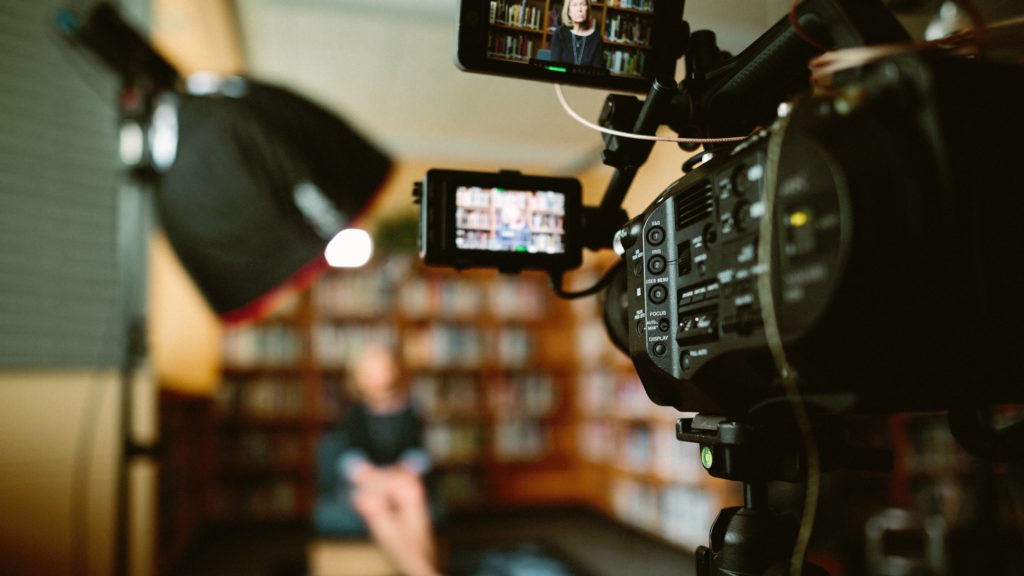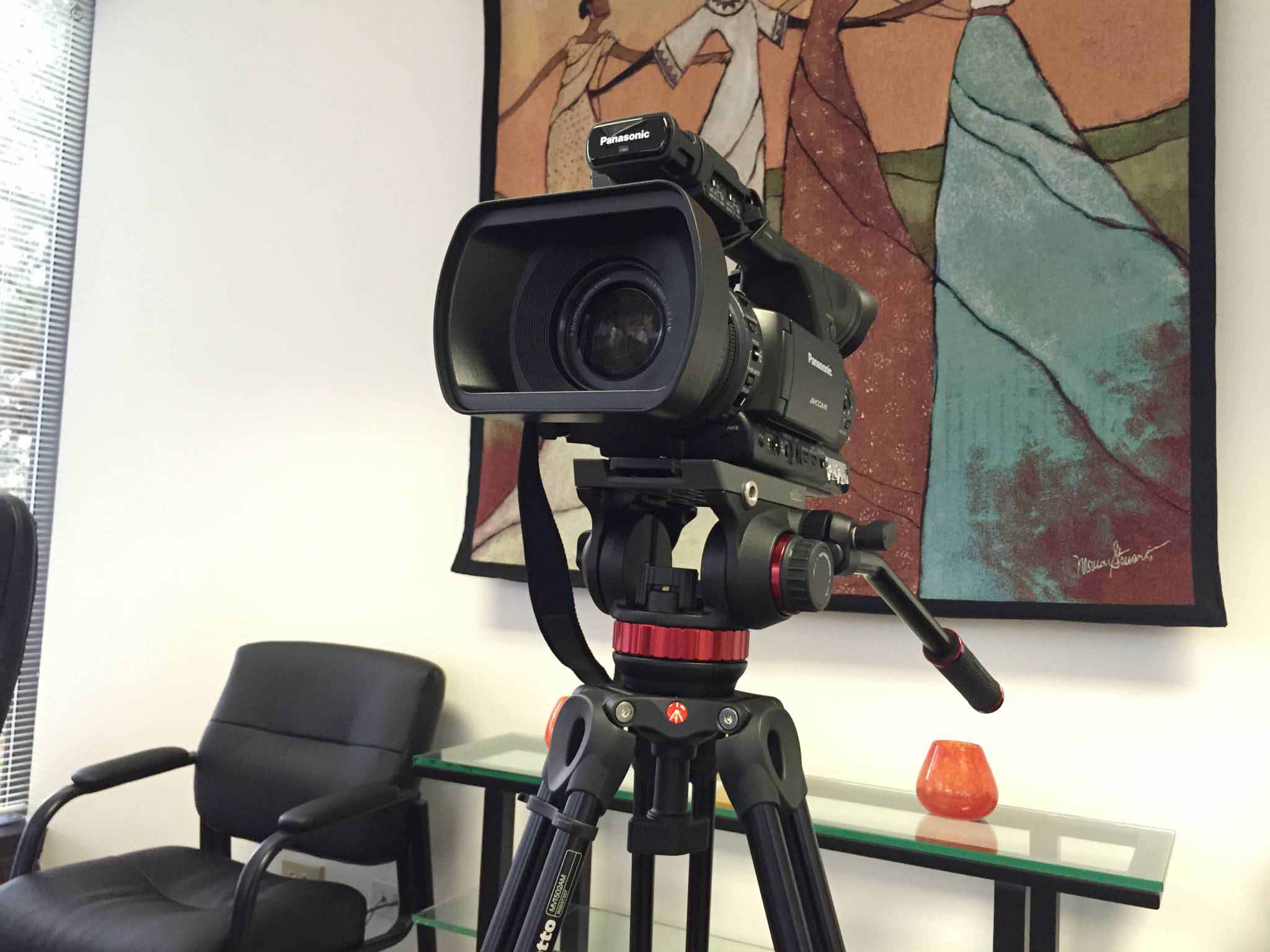Understanding the Influence of Legal Videography on Case Outcomes
Understanding the Influence of Legal Videography on Case Outcomes
Blog Article
Looking Into the Devices of Lawful Videography: Unveiling Its Procedure in Safeguarding Authentic Aesthetic Testament for Judicial Process
In the realm of judicial proceedings, the duty of legal videography stands as a cornerstone in protecting and presenting visual evidence. As technology proceeds to advancement, the mechanisms behind lawful videography have come to be significantly detailed, offering an essential layer of authenticity to testaments recorded on video clip.
Historical Development of Lawful Videography
Taking a look at the historic progression of legal videography exposes a significant improvement in the catching and discussion of aesthetic evidence within the legal landscape. In the past, lawful process greatly relied upon composed transcripts and photos to document events and give proof. Nonetheless, with the development of video clip innovation, the legal sector saw a paradigm shift in just how aesthetic testimony was captured and offered.
The evolution of legal videography can be mapped back to the late 20th century when improvements in video clip recording equipment made it extra available for use in court rooms. This technological development not only enhanced the accuracy and dependability of visual evidence but also transformed the way cases were offered to courts and judges (Legal Videography). Attorneys started to identify the persuasive power of video clip recordings in sharing emotions, nuances, and non-verbal cues that composed transcripts or photographs alone could not catch efficiently

Modern Technology Improvements in Video Clip Paperwork
What essential technical developments have transformed video documentation in the legal field? The lawful area has actually seen considerable advancements in video clip documentation modern technology that have enhanced the authenticity and reliability of aesthetic proof in judicial process.
In addition, developments in video encryption and watermarking modern technologies have strengthened the protection and tamper-proof nature of video evidence, protecting it versus unapproved alterations or meddling. The advent of cloud storage services and remote accessibility capabilities has streamlined the storage, retrieval, and sharing of video clip proof, promoting seamless cooperation among legal professionals and making certain effective accessibility to crucial visual statements when required. These technical developments in video documents have undoubtedly revolutionized the lawful field, enhancing the precision, credibility, and admissibility of visual proof in judicial proceedings.
Function of Lawful Videographers in Court Setups
The evolution of video documents technology in the lawful field has necessitated a critical role for legal videographers in court settings, making sure the integrity and integrity of aesthetic statements presented during judicial procedures. Legal videographers play a fundamental function in recording and preserving accurate visual proof that can be essential in litigation. Their obligation encompasses establishing tools, videotaping proceedings, and generating top notch check over here video clips that precisely show the events in the court room.
In addition, legal videographers usually work carefully with legal groups to make sure that the video evidence lines up with the instance's demands and can be properly provided in court to support the legal disagreements being made. On the whole, the function of lawful videographers in court room setups is essential in upholding the principles of justice and guaranteeing the openness of lawful procedures. Legal Videography.

Ensuring Admissibility and Stability of Video Clip Evidence
To maintain the reliability of aesthetic evidence provided in lawful proceedings, making certain the admissibility and integrity of video proof is a vital responsibility for lawful videographers. Admissibility describes the approval of proof by the court, and for video clip proof to be admissible, it has to meet specific standards. Lawful videographers play a vital role in making certain that the video clips they capture abide by the guidelines of proof, such as authenticity, integrity, and relevance.
Integrity of video clip evidence entails maintaining the originality and accuracy of the video from the time it is videotaped till it exists in court. This consists of safely keeping the video data, documenting the chain of custodianship, and preventing any meddling or modifications. Legal videographers must abide by strict methods see page to guarantee the stability of the video clip evidence and protect against any type of obstacles to its authenticity.
Future Trends in Legal Videography
Provided the enhancing dependence on technology in legal procedures, legal videographers are poised to welcome ingenious advancements forming the future of visual testament capture and presentation. Among the popular trends on the perspective is the assimilation of online reality (VIRTUAL REALITY) and increased reality (AR) modern technologies into legal videography. These modern technologies have the prospective to reinvent exactly how aesthetic evidence is presented in courtrooms, enabling courts and courts to submerse themselves in the scene of the criminal offense or case.
In addition, the usage of artificial intelligence (AI) formulas for video evaluation is expected to simplify the procedure of reviewing and analyzing big quantities of video footage. AI can aid in recognizing crucial minutes, abnormalities, and patterns within video clips, improving the efficiency of lawful examinations.

Conclusion
To conclude, legal videography has actually played a vital role in providing genuine aesthetic proof for judicial process. Through technical innovations and the knowledge of lawful videographers, the stability and admissibility of video clip evidence are guaranteed in court room setups. As lawful videography continues to progress, it will certainly be important to maintain requirements that keep the precision and integrity of visual why not find out more testament for the future of legal process.
Checking out the historical development of legal videography reveals a significant makeover in the catching and presentation of aesthetic evidence within the legal landscape.The development of video clip documents technology in the lawful area has actually demanded a critical function for legal videographers in court room setups, guaranteeing the stability and dependability of aesthetic testimonies offered during judicial procedures. Furthermore, legal videographers often function very closely with lawful teams to make certain that the video evidence lines up with the case's demands and can be properly presented in court to sustain the lawful disagreements being made.To maintain the reliability of aesthetic proof offered in legal proceedings, guaranteeing the admissibility and honesty of video evidence is a vital obligation for legal videographers. As legal videography continues to advance, it will certainly be vital to support requirements that preserve the accuracy and integrity of visual testimony for the future of legal proceedings.
Report this page